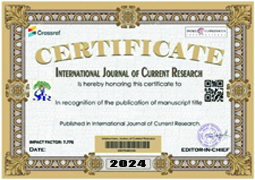To assess the nutritional and anthropometric status, to compared the relationship between socioeconomic statuses (SES) of rural adolescents of West Bengal. A cross sectional survey was carried out among 80 rural adolescent in North 24-Parganas district. Dietary nutritional status was assessed following standard method. Anthropometric measurement like height and, weight and mid arm circumference was measured and the body mass index (BMI) was computed. The new international BMI-based cut-off points were utilized to identify thinness, overweight and obesity. The results reveal that children belonging to high socioeconomic status (HSES) consumed significantly higher amount of dietary nutrient compared to low socioeconomic status (LSES). Moreover, consumption of dietary fat among girls in both SES was similar. Overall, the prevalence of thinness was 47.5%. The prevalence of thinness was higher in LSES (21.3%) compared with HSES (1.3%). Overall, the prevalence of overweight was 16.3%. It was observed in HSES, especially among girls. Similarly, prevalence of thinness was higher among girls (30.0%) in LSES compared to boys (12.5%) from the same SES. The present study shows that nutrient intakes were lower among children with LSES in both sexes. Thus, mean anthropometric characteristics was lower in this group. Consequently, much more emphasis needs to be given to increase the nutrient of their diets especially among adolescents belonging to LSES.





